Sasquatch watch: Bigfoot 'sightings' over the years
Though no definitive proof exists, 'sightings' of Bigfoot have been reported all over the U.S., as recently as in January.
There are mysterious creatures of urban legend in U.S. and Canadian regions that have stood the test of time, both fascinating and frightening those who encounter the folklore surrounding them.
These creatures, known as "cryptids," are reported throughout the United States and Canada. They play a significant cultural role in the history of many cultures and small towns.
Here's a quick explainer — followed by a deep dive into four of them.
‘Cryptid’ explained
A "cryptid" is defined as "an animal (such as Sasquatch or the Loch Ness Monster) that has been claimed to exist but never proven to exist," says Merriam-Webster.
4 SPOOKY DESTINATIONS IN AMERICA YOU'VE LIKELY NEVER HEARD OF
Stories of cryptids are popular for a multitude of reasons, Dr. Angus Kress Gillespie, a professor of American studies at Rutgers University in New Jersey, told Fox News Digital.
"We all love stories because they fire our imagination and they give us a break from our daily routines," said Gillespie.
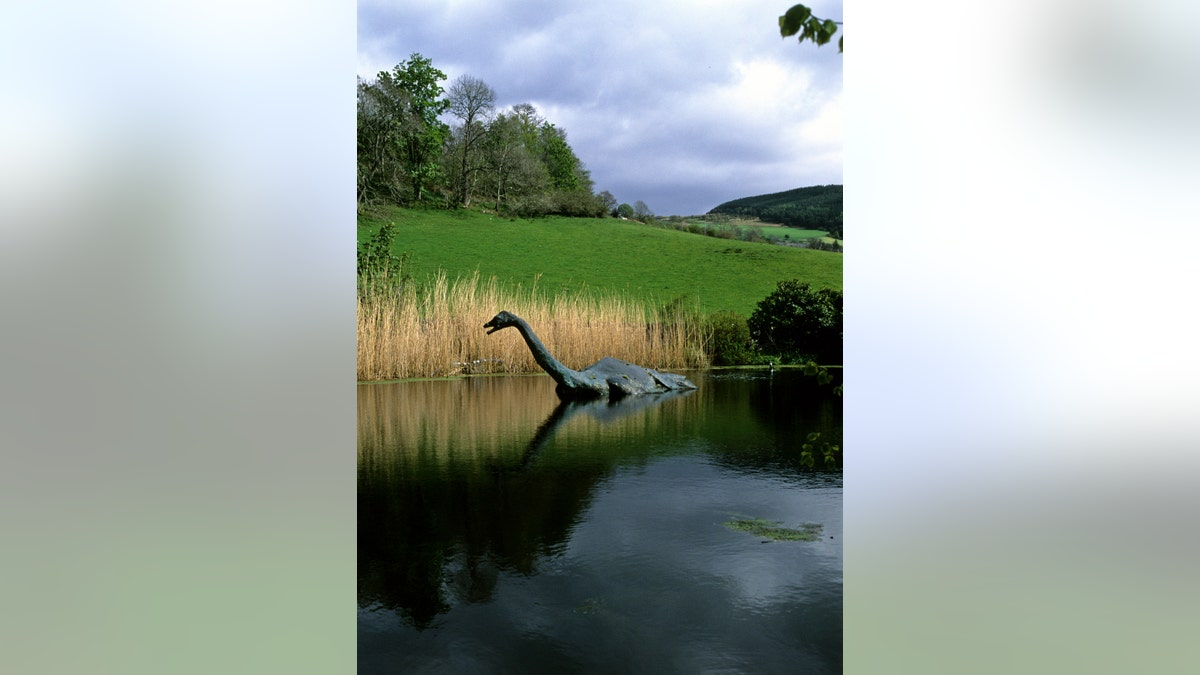
While the Loch Ness Monster is perhaps the most famous cryptid, similar sea monsters have been reported to live in Lake Champlain and the Chesapeake Bay, according to folklore experts. (iStock)
"But these stories are especially fascinating because they are legends," he said — and therefore they "force us to deal with the issue of belief."
A person's brain is not wired to "just sit on the fence" when it comes to a topic of belief, he explained. "Most of us will be either a believer or a skeptic."
He added, "This, in turn, leads to some interesting debates among our family and friends."
There's also a "local pride" element, Gillespie said, when mysterious creatures drive tourism and interest in an area.
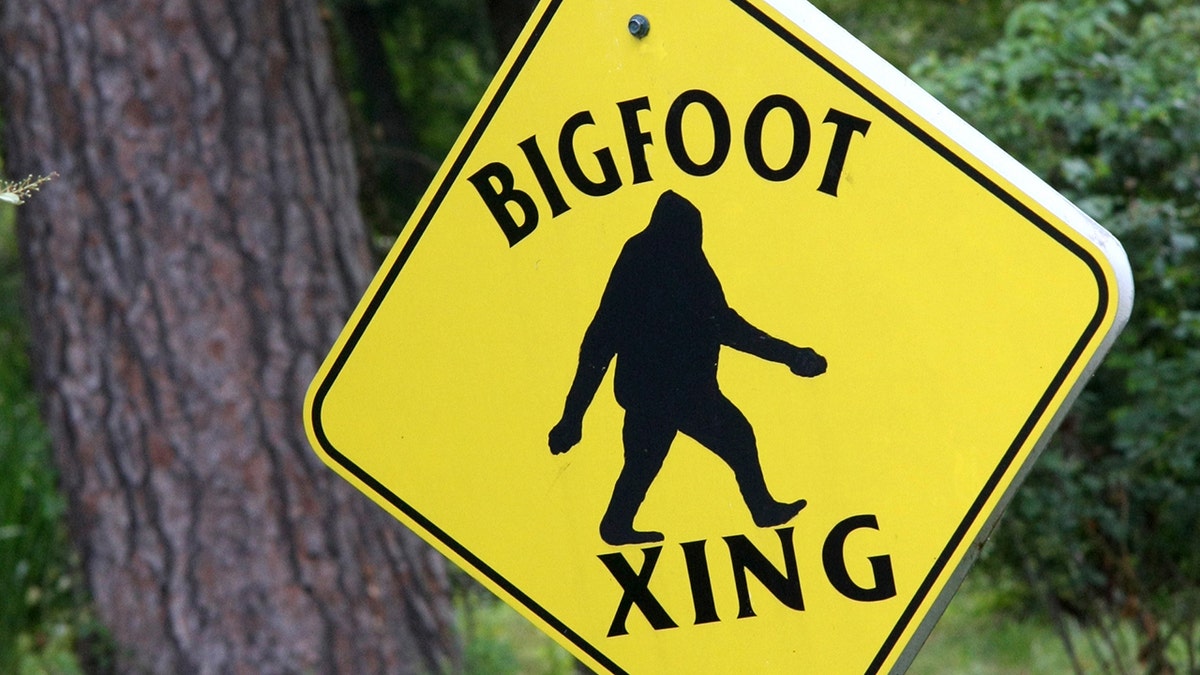
The creature known as "Bigfoot" in the United States has its roots in indigenous folklore. (JLFCapture/iStock)
"Most of us meet these monsters not in the field but at a festival," he said.
Now — check out these four.
1. ‘Bigfoot’ or ‘Sasquatch’
Many Native American tribes in the Northwestern part of the U.S. and Canada have legends dating as far back as anyone can remember of similar ape-like creatures who walk on two legs.
OHIO WOMAN SWEARS SHE RECORDED BIGFOOT, THOUGH EXPERTS ARE SKEPTICAL
Some explorers claim to have taken photographs of this creature.
The photos, however, tend to appear blurry — leading to questions of authenticity, folklore specialists note.
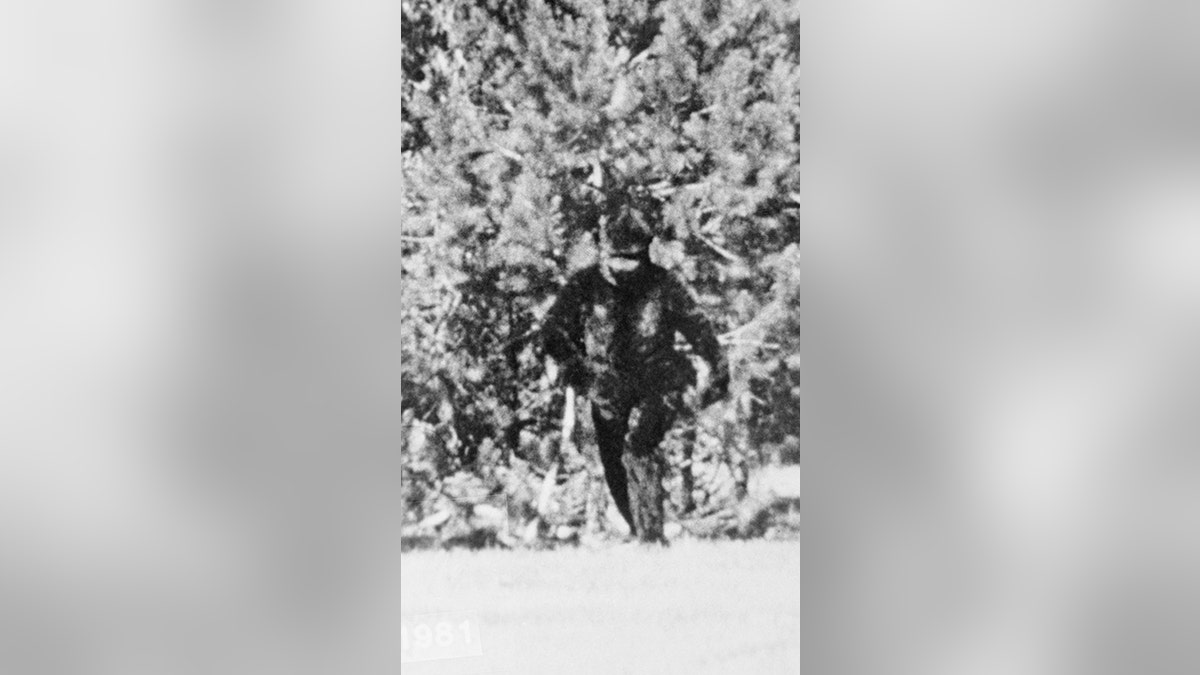
This picture, taken by in May 1981 by wilderness explorer C. Thomas Biscardi, of San Jose, California, purports to show Bigfoot in the wild. (Getty Images)
The creature is known by many names, including "Bigfoot," "Sasquatch" and "Wild man," says the Encyclopedia Britannica.
Regardless of name, these creatures are reported to be up to 15 feet tall, to live in the woods and to communicate by shouting, that reference notes.
TRUCKER RECORDS CREEPY, GHOST-LIKE FIGURE ON ARIZONA HIGHWAY WHILE DRIVING ALONE: DASHCAM VIDEO
They also play an important role in folklore.
The Sts'ailes, a sovereign Coast Salish First Nation located in British Columbia, Canada, called these creatures "Sa:sq’ets," a word that was anglicized into "Sasquatch," notes the Agassiz-Harrison Observer, a Canadian newspaper.
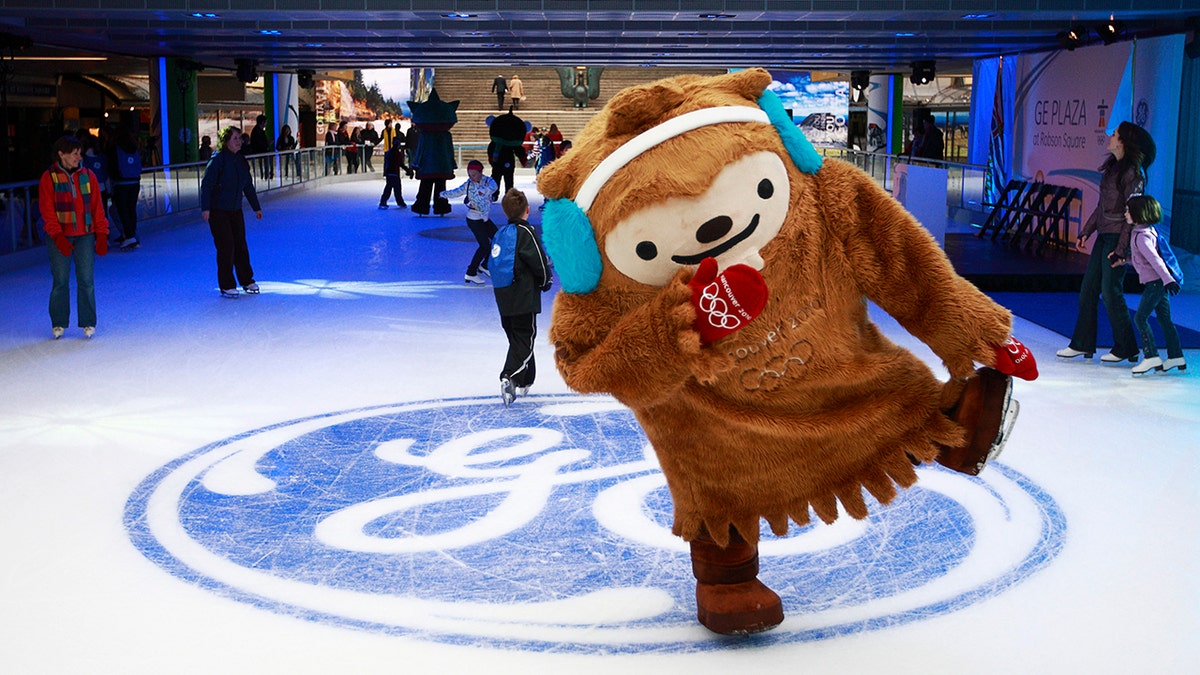
"Quatchi," a sasquatch, was one of the mascots of the 2010 Winter Olympics in Vancouve, seen here skating during the official opening of the GE Ice Plaza in Vancouver, Canada, on Nov. 3, 2009. (Getty Images)
Sts'ailes Nation includes Harrison Lake, British Columbia and several surrounding towns.
The Sts'ailes believe that Sa:sq'ets are the caretakers of their lands and that they exist between both the physical and spiritual realms, said the paper.
The Sa:sq'ets is featured on the Sts'ailes tribal flag and is also used as a logo, said the website.
‘HAUNTED’ TEXAS HOME FILLED WITH CASKETS AND SKELETONS LISTED FOR SALE AT $125K
The Village of Harrison Hot Springs, located on Harrison Lake, is home to the Sasquatch Museum and also hosts the annual "Sasquatch Days" celebration, the website notes.
2. The Mothman (and a bridge collapse)
Apart from the Sasquatch, arguably the most famous American cryptid is the Mothman.
The Mothman was reportedly first spotted by two couples on Nov. 15, 1966, near an abandoned National Guard Armory building and power plant in Point Pleasant, West Virginia, an article published by the Smithsonian Institution indicated.
The creature was described as "a menacing figure standing six to seven feet tall" with glowing red eyes, notes the Smithsonian Institution.
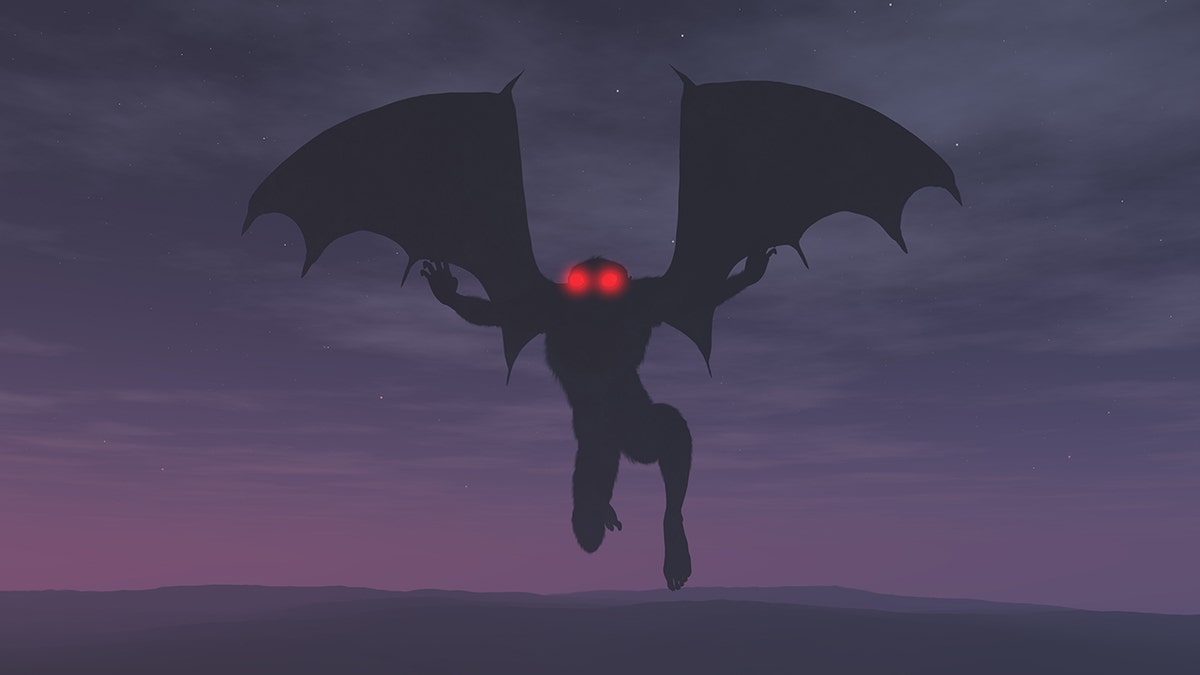
The Mothman (which is believed to look like this image) was first spotted in November 1966. It was described as having batlike wings and red eyes. (iStock)
The Mothman reportedly rose in the air similar to the way a helicopter does — and was able to fly very efficiently, according to the first sightings.
The local media were stumped by the reports, with the Point Pleasant Register reporting the incident under the headline, "Couples See Man-Sized Bird ... Creature ... Something."
The Athens Register in nearby Athens, Ohio, went with this headline: "Winged, Red-Eyed ‘Thing’ Chases Point Couples Across Countryside."
HALLOWEEN HORROR MOVIE HOMES AND THE STORIES BEHIND THEM
Eventually, the creature became known as the "Mothman."
Over the next year, there were a handful of reports of sightings in and around Point Pleasant.

The town of Point Pleasant, West Virginia, hosts a Mothman festival each September. (Getty Images)
Point Pleasant, however, sadly became known for more than just the Mothman.
Thirteen months to the day after the initial Mothman sighting, the Silver Bridge — which linked Point Pleasant with Gallipolis, Ohio — collapsed into the Ohio River without warning, said the West Virginia Department of Transportation in a 2022 article commemorating the victims.
A total of 46 people died in what was the "deadliest bridge disaster in modern history," said the West Virginia DOT.
After the bridge collapse, Mothman sightings stopped, leading some to wonder if the cryptid was "a sinister harbinger of doom" or some sort of warning of the upcoming catastrophe, said the Smithsonian.

A mangled car is freed from its watery grave as a worker directs the operation from part of the wrecked Silver Bridge. (Getty Images)
Now, Point Pleasant is home to the "Mothman Festival" each September, where "people from all over the world gather around our charming Main Street to celebrate their favorite cryptid during this one of a kind event," the event's website notes.
3. New Jersey Devil (more than a nickname)
One cryptid became so well enmeshed in local folklore that the National Hockey League named a team after it.
CANADA’S LOCH NESS MONSTER, THE LEGENDARY OGOPOGO LAKE MONSTER, CAUGHT ON VIDEO
The New Jersey Devils are not named after the prince of darkness, but rather the Jersey Devil, a cryptid supposedly haunting the Garden State since the late 18th century.

The mascot for the NHL's New Jersey Devils is shown skating across the ice. (Getty Images)
The creature is also called the "Leeds Devil."
"They say it has a horse's head, long legs with hooves, two short front legs and a bat's wings. No one knows how tall it is," says New Jersey's official state website.
Some reports of the Jersey Devil say that it is six feet tall, while others say it's only three or four feet tall.
'AMAZON SNAKE CAT’ PHOTO SEEMINGLY FOOLS INTERNET USERS AFTER GOING VIRAL ON SOCIAL MEDIA
Regardless of height, the creature is reported to have red eyes and produce "loud screeching sounds."
"It's very ugly, and people are terrified after seeing it," says the New Jersey website.
"During the day, the Devil lives in the wetlands. At night, it comes out to scare anyone it meets."

New Jersey Devils' Yegor Sharangovich, right, celebrates beside teammate Dawson Mercer (#18) after scoring against the Pittsburgh Penguins during the first period of an NHL hockey game, Thursday, Feb. 24, 2022. The Devils' logo is a play on the urban legend. (AP Photo/Keith Srakocic)
The Jersey Devil has several equally bizarre origin stories, notes the state of New Jersey.
One takes place "on a dark and stormy night in 1735" when a woman named "Mother Leeds" was delivering her 13th baby.
CONNECTICUT FISHERMAN CATCHES 26-POUND TIGER MUSKIE: 'WHAT A MONSTER!'
"No one knew for sure exactly what happened, but people had lots of ideas," says the New Jersey website.
One said Mother Leeds herself "wanted the baby to be the devil," while another states that the child "was born with a tail, wings and hooves and flew up the chimney." Yet another states that the child "looked normal, but then it changed."
Other Jersey Devil origin stories involve curses placed upon young women.
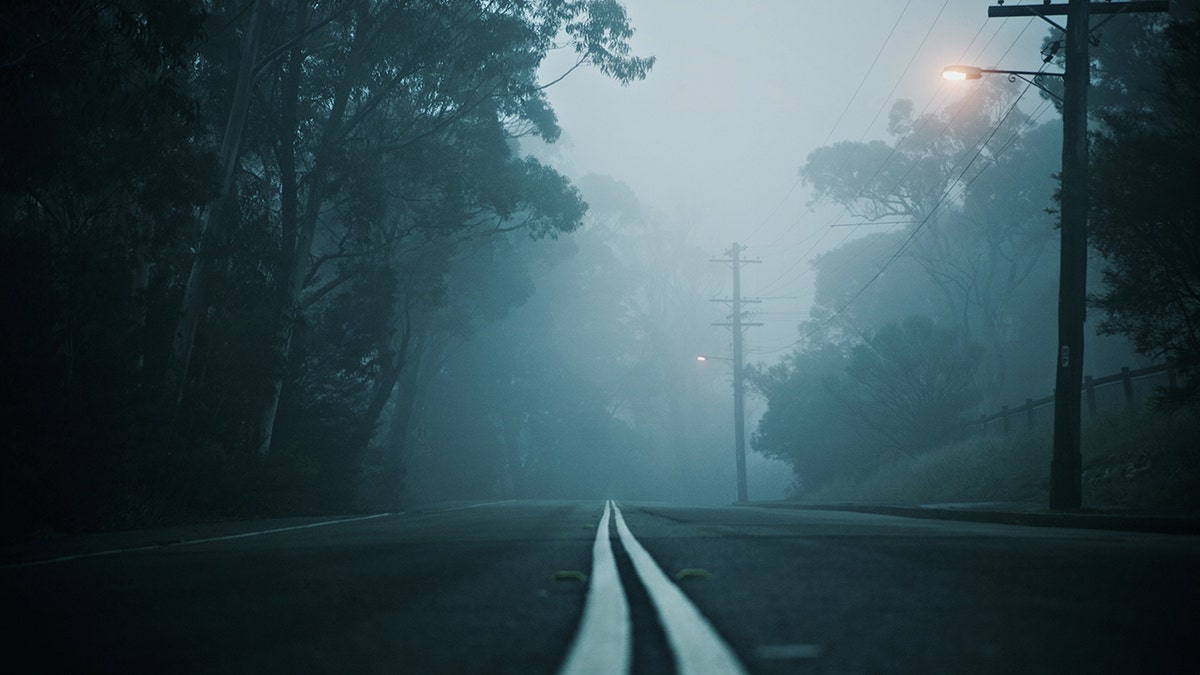
Urband legend creatures are both frightening and celebrated, with regional pride attached to one being spotted in a specific locale, according to folklore expert Angus Kress Gillespie, a professor of American studies at Rutgers University in New Jersey. (iStock)
One telling of the tale states "a town put a curse on a young girl who fell in love with a British soldier during the Revolutionary War," the New Jersey website says. "When she gave birth, it was to the Jersey Devil."
A similar story says that the Jersey Devil was born after "a gypsy cursed a girl because she didn't give the gypsy food."
4. Wendigo, a ‘cannibalistic monster'
While Sasquatch, the Mothman and the Jersey Devil do not have a history of being inherently violent toward humans, the same cannot be said for the Native American legend of the Wendigo.
The Wendigo, also spelled Windigo or Wiitiko, is a cannibalistic creature described in the folklore of Algonquian-speaking peoples, says The Canadian Encyclopedia.
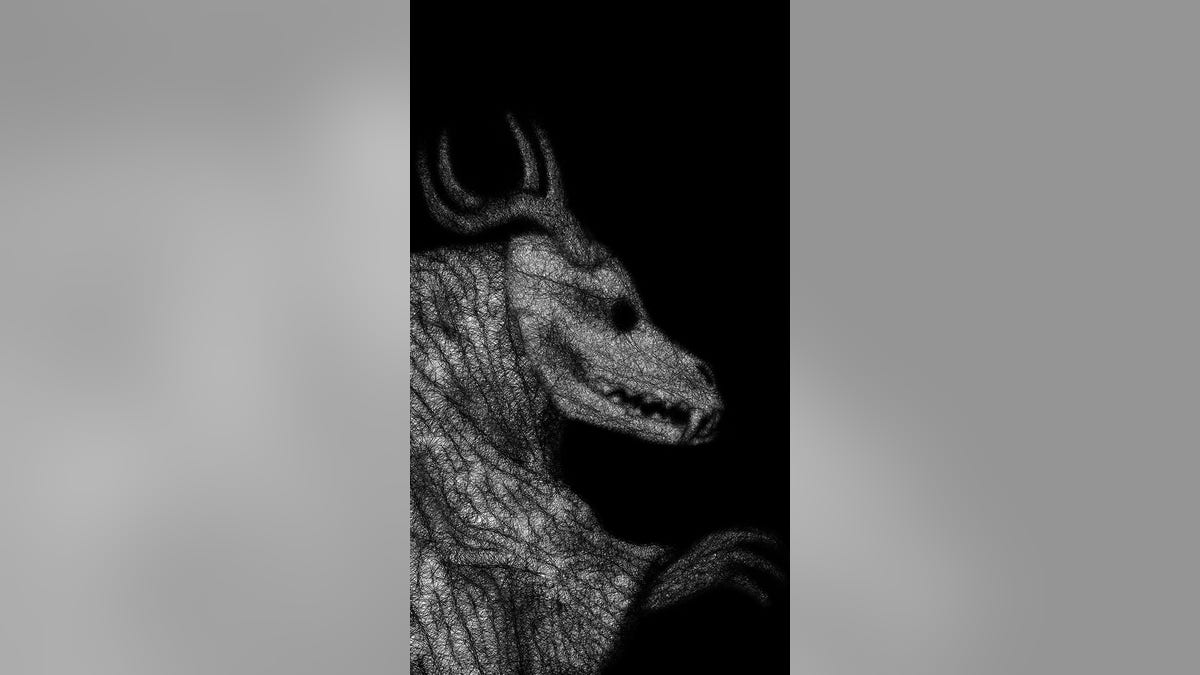
A rendering of one of the descriptions of the Wendigo is shown here. (iStock)
These peoples include the Ojibwe, Mi'kmaq, Abenaki, Algonquian and many other tribes/First Nations across the United States and Canada.
The Canadian Encyclopedia says that "according to most Algonquian oral traditions, a Wendigo is a cannibalistic monster that preys on the weak and socially disconnected."
A person becomes a Wendigo "after his or her spirit is corrupted by greed or weakened by extreme conditions, such as hunger and cold."
Other stories tell of humans becoming possessed by a Wendigo.
IOWA CEMETERY SHARES AD ON FACEBOOK TO FIND ‘LIFE PARTNER’ FOR WIDOWED GOOSE
Wendigos are described differently according to various tribal traditions, says The Canadian Encyclopedia, but typically have ashen skin; large, sunken eyes; sharp teeth; and a distinctive, foul odor.
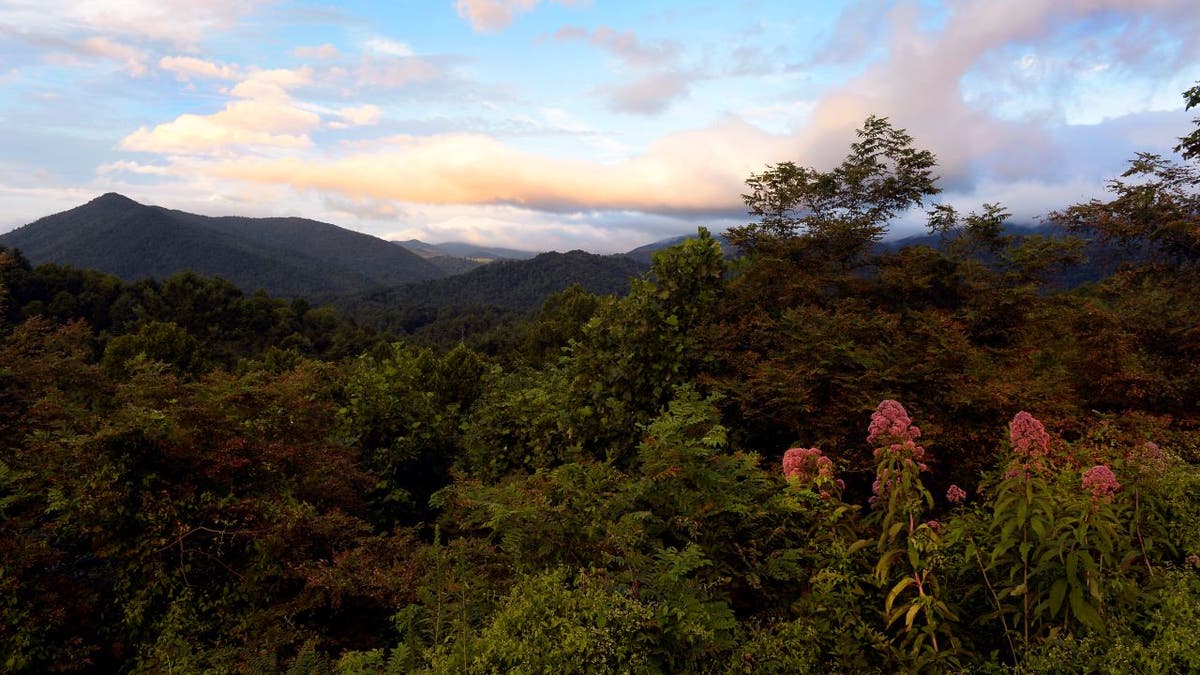
The Wendigos are said to live in the forest, searching for the next person they can consume. (Bryan Steffy/Getty Images)
Some legends say Wendigos have antlers or horns or a skeleton that is visible through its skin.
Wendigos have been part of Indigenous folklore for generations, and the first European to report on their existence was French Jesuit missionary Fr. Paul Le Jeune.
CLICK HERE TO SIGN UP FOR OUR LIFESTYLE NEWSLETTER
In a 1636 letter to his superiors, Le Jeune wrote,"This devilish woman … added that [the windigo] had eaten some Attikamegoukin — these are the tribes that live north of the River that is called Three Rivers — and that he would eat a great many more of them if he were not called elsewhere."
CLICK HERE FOR THE FOX NEWS APP
The cryptid even lent its name to Wendigo psychosis, a mental disorder that leads a person to become obsessed with cannibalism, says The Canadian Encyclopedia.





















